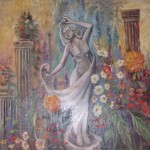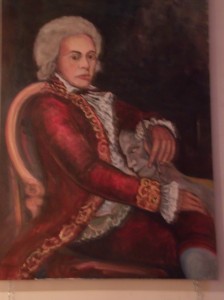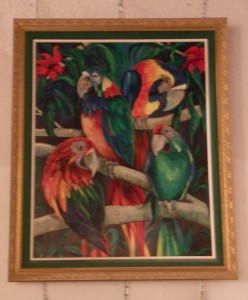
To break through the unique challenge to paint light, an artist must first tackle its vague and abstract qualities. By its nature, light is the very essence of everything seen. The question is: how do we portray it properly in our paintings and drawings? Our success depends on the ability to handle the subtleties of light, and I am sure nearly every artist in their own creative nature have experimented with it endlessly.
I don’t know about you, but this has been one of my greatest challenges. The quest to properly represent the bold, the bright, the shadowed, and the soft have became my greatest exhilaration or disappointment depending upon whether I’ve succeeded or failed. All I know is that when it works, it can literally “blow you away.” I’m confident that as artists many of you have shared these feelings.
Because of the limitations of this blog post, I do not profess to solve the problems presented by accurately painting light. Rather, I will only bring up the challenges. To do otherwise, it would take a very large book or several painting classes on a DVD.

- One of the great techniques an artist needs to acquire is learning to properly represent transparency. How does light pass through a glass of water, or any other transparent object?
- The delicate way light effects translucency–for example the back-lighting of the sun shining through the petals of a flower or leaf, the upper curve of a person’s ear, stained glass in a church, and much more.
- A good artist must examine the relationship light has with reflection. This is vital because, without a good understanding of this, a painting or drawing can be ruined. Imagine a painting of waterscapes when the reflection on the water are improperly portrayed.
- Imagine painting the soft glowing light of a burning candle, or the effect of sunlight on a landscape, without a clear knowledge of properly portraying luminosity.
Mastering light and its effect on transparency, translucency, reflection and luminosity can literally transform your artwork and is well worth the study and practice. You may have already mastered the techniques, and, if you have, I feel you will agree with me to not take it for granted.

To read an interview with artist, Lynn Burton, click on the picture to the right>>>>>>>>>>
